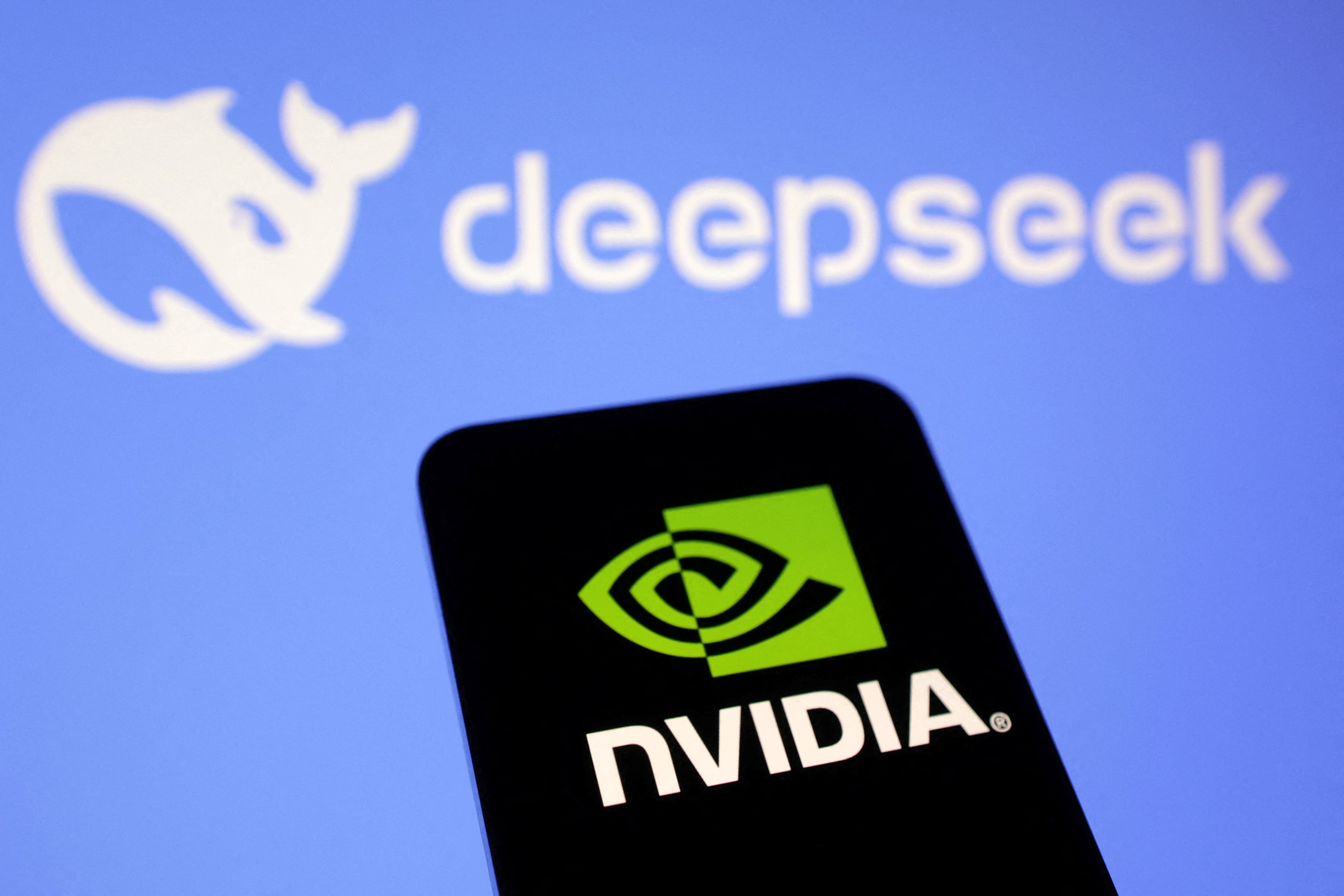National News
ANALYSIS: Behind the High-Stakes Debate on Nvidia's Future Dominance
The Western Staff

ANALYSIS: Behind the High-Stakes Debate on Nvidia's Future Dominance
SANTA CLARA, Calif. — A series of high-stakes financial milestones and newly detailed reports on competitor strategies have reignited a fierce debate over the long-term market position of chipmaker Nvidia. As the company’s valuation surges toward historic new highs, a contentious narrative has emerged, pitting analysts who see an unshakeable technological titan against critics who warn of an overvalued leader facing credible new threats from its own top-tier customers and market rivals.
The discussion has intensified following reports that premier AI developer OpenAI is exploring alternatives to Nvidia’s hardware, alongside persistent scrutiny of stock sales by major investors. This has created a complex picture for a company that, by most metrics, continues to exhibit overwhelming financial and technological momentum.
The Ecosystem as a Fortress
At the core of the bullish case for Nvidia is an argument that transcends any single product. Proponents, including many technology analysts and industry executives, assert that the company's true strength lies not just in its market-leading Graphics Processing Units (GPUs), but in a comprehensive and deeply entrenched ecosystem. This 'full stack' approach combines high-performance hardware, the proprietary CUDA software platform, advanced networking technologies, and pre-built AI models, which together create what some have called a formidable competitive 'moat.'
Evidence of this strategy's success is seen in the company's accelerating product roadmap. The recent unveiling of the Blackwell architecture, which promises a significant leap in performance for AI training and inference, is cited by supporters as proof of Nvidia’s commitment to maintaining its generational lead. Furthermore, its expansion into adjacent, high-growth markets like robotics, through deepened partnerships with industrial giants like Foxconn and software firms like Cyngn, is presented as a strategic move to embed its technology into the next wave of automation. According to a recent technology sector report from a major investment bank, “Nvidia is not simply a chip seller; it is building the foundational infrastructure for the entire AI economy, a position that is difficult and costly for any single competitor to replicate.”
This narrative of indispensability has, however, been directly challenged. Recent reports published by technology outlets Wccftech and GuruFocus state that OpenAI, one of the world's most prominent AI companies and a key Nvidia customer, has begun shifting some workloads to Google’s Tensor Processing Units (TPUs) in a bid to reduce operational costs. Critics argue this move is a significant crack in Nvidia’s armor, demonstrating that even top-tier clients are actively seeking cheaper alternatives and challenging the chipmaker's pricing power.
In response, industry observers caution against over-interpreting this development. They note that the AI compute market is vast and diverse. While some customers may utilize alternative architectures for specific, well-defined, or less performance-critical tasks, the cutting-edge work of training frontier AI models continues to depend heavily on the performance and mature software environment of Nvidia's platform. Furthermore, they highlight reports that other major technology companies, including Microsoft, have encountered significant difficulties in their internal efforts to develop viable GPU alternatives, a testament to the profound engineering challenges Nvidia has solved. One analyst noted, “Seeing a customer optimize a specific workload for cost on a different platform isn’t an indictment of Nvidia; it’s a sign of a maturing market with varied needs. The most complex and valuable workloads, however, remain firmly within Nvidia’s domain.”
Navigating Valuation and Investor Sentiment
The most public-facing debate revolves around Nvidia’s soaring stock price and a market capitalization that has placed it among the most valuable companies in the world. The powerful financial momentum, heavily chronicled by outlets like Yahoo Finance, is driven by unprecedented demand for its AI chips, resulting in staggering revenue and profit growth. Analysts who support the current valuation argue it is forward-looking, contending that the total addressable market for artificial intelligence is in its infancy and that Nvidia is the primary and essential enabler of this multi-trillion-dollar industrial revolution.
Yet, this optimistic view is countered by a persistent narrative that the stock is overvalued. Skeptics, amplified by platforms like The Motley Fool, frequently point to stock sales by prominent investors as concrete evidence. The sale of 1.4 million shares by billionaire Philippe Laffont’s Coatue Management has been repeatedly highlighted as a key bearish indicator. This sentiment is echoed by more hostile commentary from financial analysis sites like Seeking Alpha, with some authors proclaiming that the company's historic run is unsustainable.
However, market strategists and financial advisors often urge a more nuanced interpretation of such trades. They explain that large-scale stock sales by fund managers can be driven by a multitude of factors that have little to do with a negative outlook on a specific company. These can include routine portfolio rebalancing, risk management mandates, realizing gains for tax purposes, or freeing up capital for other strategic investments. Proponents of Nvidia's long-term value argue that focusing on a single investor’s sell-off ignores the broader institutional consensus. For every high-profile seller, they maintain, there are legions of institutional and retail buyers who are strengthening their positions, a dynamic reflected in the stock’s sustained strength. According to this viewpoint, the selling by a few is eclipsed by the broad-based conviction that Nvidia's central role in the AI era justifies a premium valuation.
As the debate continues, both sides remain firmly entrenched. Critics see the beginnings of price erosion and a potential valuation bubble, pointing to customer diversification and insider selling as proof. Supporters, meanwhile, see a temporary and logical market evolution, arguing that Nvidia’s foundational ecosystem, relentless innovation cycle, and central role in the AI revolution provide a durable defense against these pressures. The ultimate trajectory will likely be determined not by single data points, but by whether the company’s comprehensive strategy can continue to out-innovate the competition in a world being fundamentally reshaped by its technology.


